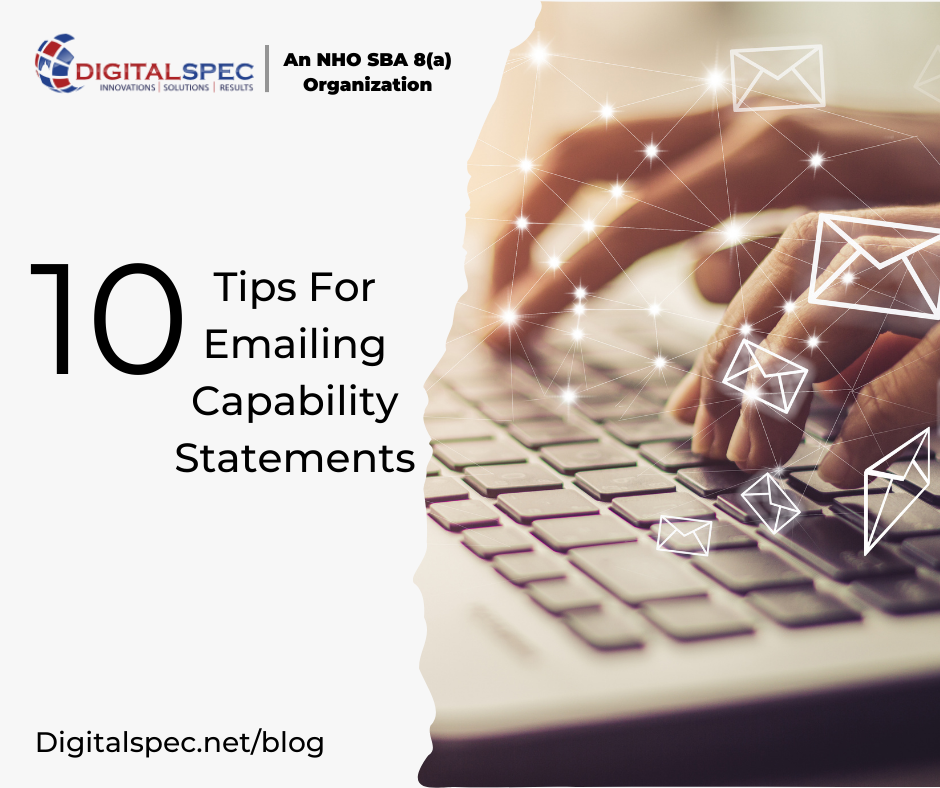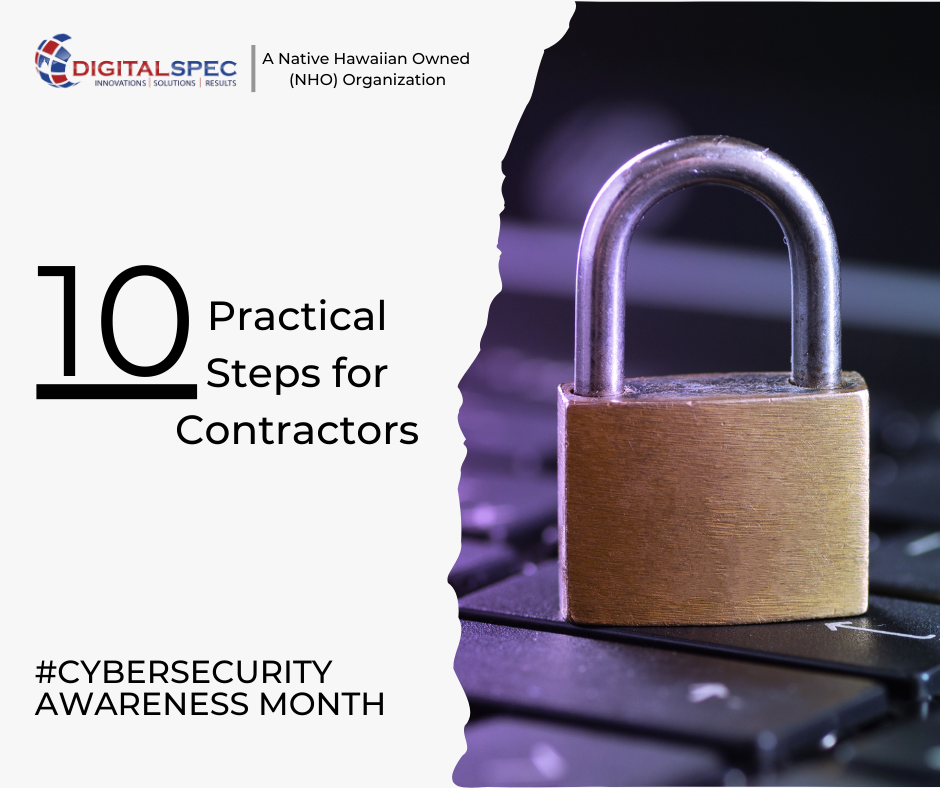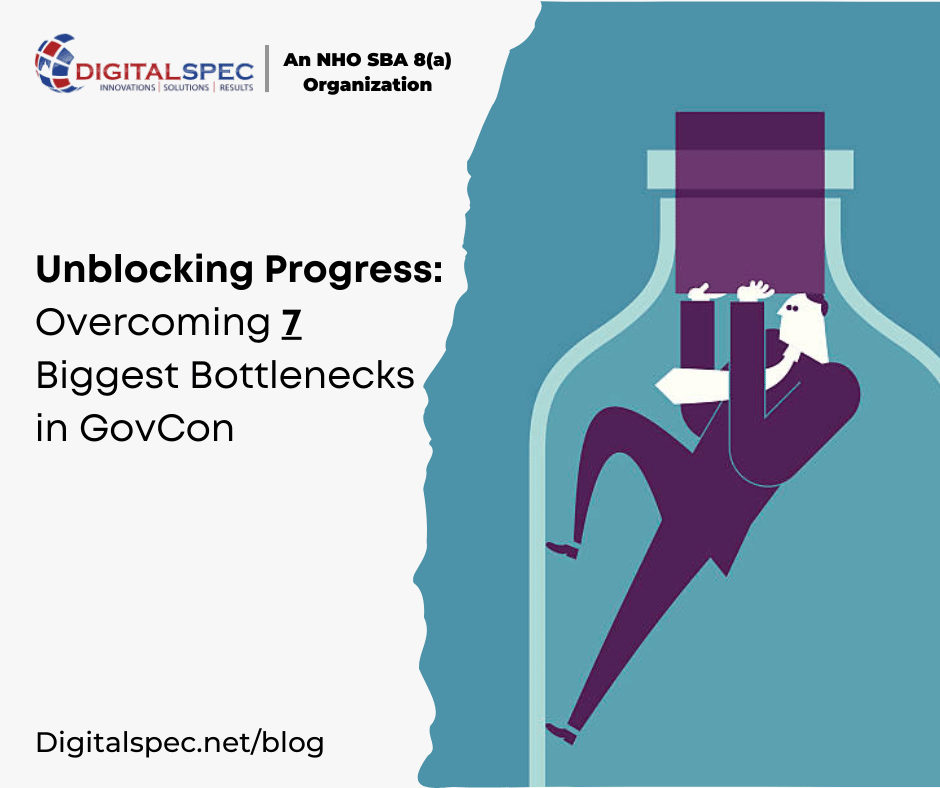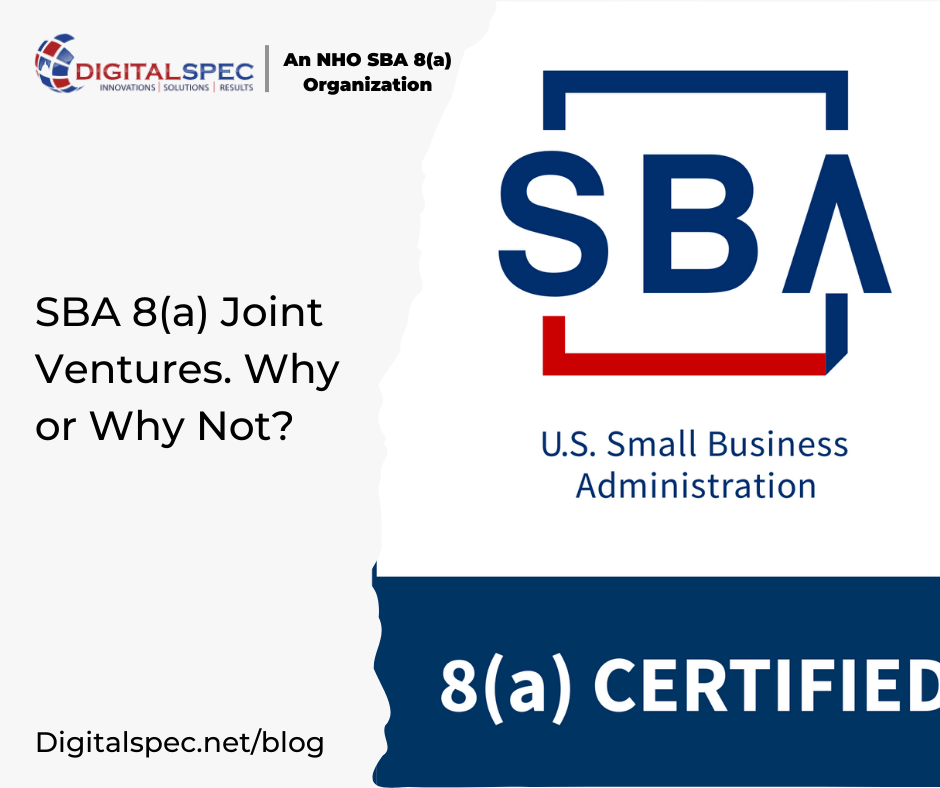

As a government contractor, effectively reaching out to potential partners or clients is crucial for securing contracts and expanding your business. One powerful tool in your arsenal is a well-crafted capability statement. When presenting this vital document via email to your target audience, it’s essential to follow specific strategies to maximize its impact. Here are actionable steps to craft compelling capability statements for government contractors:
Table of Contents Toggle1. Understand Your Audience: Before drafting your capability statement email, conduct thorough research to understand the needs, preferences, and pain points of your target government contractors/agencies. Tailor your message to address their specific requirements, showcasing how your capabilities align with their needs. 2. Craft a Compelling Subject Line: The subject line of your email is the first impression. Opt for a concise yet attention-grabbing subject line that highlights the value proposition of your capability statement. Keywords like “Empowering Government Contractors” or “Enhanced Capabilities for Federal Projects” can entice recipients to open your email. 3. Personalize Your Email: Address the recipient by name to establish a personal connection. Begin your email with a courteous and engaging introduction. Demonstrate that you’ve done your research by referencing their company or recent projects, showcasing your interest in collaborating. 4. Be Mindful of their time: Agents and other businesses are barraged with emails. They are also busy. So acknowledge this. Keep your email short and to the point. Keep it under 60 seconds (you can use the following tool to see your read time: https://thereadtime.com/); a good way to think about it in this mobile-first world is that if your entire email is not viewable on the mobile screen, it is too long! 5. Highlight Key Information in the Email Body: Keep the email concise while providing a snapshot of your capability statement’s main highlights. Use bullet points or a brief paragraph format to outline your core competencies, past performance, certifications, and how your offerings align with government contracting needs. 6. Include a Clear Call-to-Action (CTA): Guide the recipient on the next steps. Whether it’s scheduling a call, arranging a meeting, or providing additional information, ensure your CTA is clear and actionable. For example, “I’d love to discuss how our capabilities can benefit your upcoming projects. Are you available for a brief call this week?” 7. Attach the Capability Statement and Provide Additional Resources: Attach your capability statement in PDF format to the email. Additionally, include links to your company website, case studies, or testimonials for further information. Ensure the attached document is named appropriately and reflects your company’s name and capabilities. 8. Follow Up Strategically: After sending the initial email, follow up at an appropriate interval. A courteous follow-up reminder can help keep your company at the forefront of their consideration without being intrusive. There is a happy balance between waiting too long and spamming that inbox (the latter is a great recipe for getting blocked!). A good frequency could be between 14 to 30 days for a follow-up email. 9. Track and Analyze Engagement: Use email tracking tools to monitor open rates, click-through rates, and responses. Analyze the data to refine your outreach strategy for future communications with government contractors. 10. Continuously Improve and Adapt: Incorporate feedback and insights gained from previous interactions to refine your capability statement email strategy. Adapt your messaging and approach based on the responses and engagement you receive.
Be Consistent and Give Recipients Benefit of the Doubt: No one wants unsolicited emails. Yet, everyone receives a ton of them. In the noisy world of email marketing, it is important to be consistent, patient, and creative to get through to your target customer. You will make mistakes and that’s a part of the fun! Crafting effective capability statements for government contractors and agents is an ongoing process. By implementing these strategies and continuously refining your approach, you can increase the chances of making a meaningful connection and securing lucrative government contracts.
Founded in 2005, DIGITALSPEC Technologies is a minority-owned SBA 8(a) Native Hawaiian Organization (NHO) with 15+ years of supporting federal clients . Our experienced and skilled professionals use pragmatic strategies that yield long-term results for our customers. We strive to expand innovation through excellence in communication, collaboration, transparency, and quality service delivery, all in service of our singular mission: to engineer success for all stakeholders by driving growth through customer-focused outcomes. Our vision is one where digital transformation can empower organizations everywhere – ensuring each client’s unique needs are met with world-class technology solutions that make progress more achievable than ever before! For more information about our government contracts, federal clients, and/or services, please visit our website at digitalspec.net or contact us here.

In today's digital age, data security has become an overarching concern for IT government contractors and government agencies alike. As we celebrate National Cybersecurity Awareness Month this October, it's the perfect time for those in the Government Contracting.

Government contracting can be a lucrative and rewarding endeavor for businesses, both large and small. However, navigating the complex landscape of government contracts comes with its share of challenges. These bottlenecks can sometimes slow progress and hinder.

Small businesses have a significant advantage when it comes to competing for federal government contracts. One such advantage is through the Small Business Administration (SBA) 8(a) program. This program allows small businesses to compete for contracts that are set.